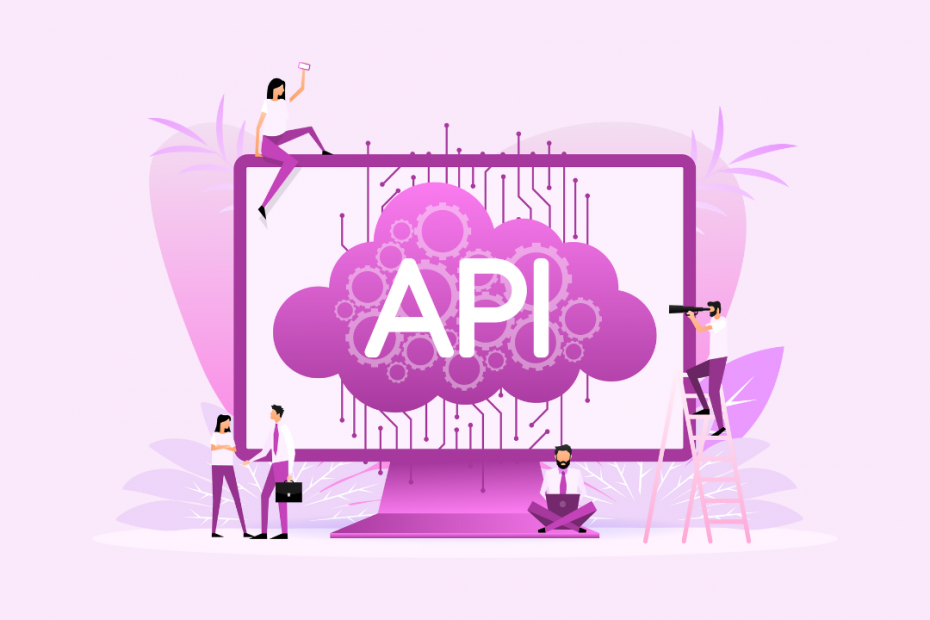Written by Perete Harrison, Senior DevOps Software Engineer at Atop Web Technologies
Embarking on the journey of software development feels like navigating through a maze. One of the critical decisions to make is picking the right technology stack. But what on earth is a “tech stack?” For those scratching their heads, imagine building a delicious sandwich. Each layer or ingredient represents a technology, and your final sandwich is the application. And just like you’d want the right ingredients for the best sandwich, you’d need the right technologies for a top-notch application.
Essential Ingredients in Your Tech Stack Sandwich:
- Performance: Imagine biting into a sandwich and tasting every ingredient instantly. In software terms, performance ensures your application processes tasks at lightning speed. Performance-driven: When we say an application is performance-driven, we’re referring to its ability to respond and execute tasks efficiently and quickly.
- Scalability: Imagine your sandwich is magical, and it can grow bigger whenever you’re hungrier. Scalability ensures your application can handle more users as it grows.
- High Availability: It’s like having a sandwich available whenever you’re hungry. It ensures users can access your application anytime without issues.
- Conciseness: This isn’t about a concise sandwich (what would that be, a slider?), but about your tech allowing clear and short code. It makes maintaining and debugging a breeze.
- Ecosystem: Think of this as the community of chefs and food enthusiasts who know your sandwich ingredients well and are always ready to help you make it better.
- Development Speed: How fast can you make that sandwich? Similarly, some frameworks help you whip up an application faster.
- Talent Pool: It’s always wise to consider how many chefs (or developers) know how to work with your chosen ingredients.
Building Your Perfect Tech Sandwich:
- JavaScript (Node.js) or TypeScript (with Node.js):
- Frameworks: Express.js, NestJS, Fastify.
- Pros: It’s performance-driven with vast ecosystem support and excellent for I/O-bound tasks.
- Cons: Callback hell might be intimidating for newbies but fear not! Modern tools like async/await come to the rescue.
- Python:
- Frameworks: Django, Flask, FastAPI.
- Pros: Widely appreciated for being user-friendly, making it a darling for beginners.
- Cons: Might struggle a tad under super-heavy traffic, but it’s fantastic for most general web applications.
- Go (Golang):
- Frameworks: Gorilla Mux, Gin.
- Pros: It’s like the turbocharged sandwich ingredient, offering blistering speed and scalability.
- Cons: Younger ecosystem compared to stalwarts like Java or Python, but it’s growing fast.
- Java:
- Frameworks: Spring Boot, Jakarta EE.
- Pros: It’s like the classic sandwich ingredient. Robust, reliable, and has been loved for decades.
- Cons: Might be a bit more verbose, but its power and versatility can’t be denied.
Final Sandwich Thoughts:
To all budding chefs (or developers), while my personal bias leans towards JavaScript (Node.js) or TypeScript (with Node.js) for those starting their journey, never shy away from exploring other options, like the ever-reliable Java or the swiftly-growing Go (Golang).
Bon appétit and happy coding!
